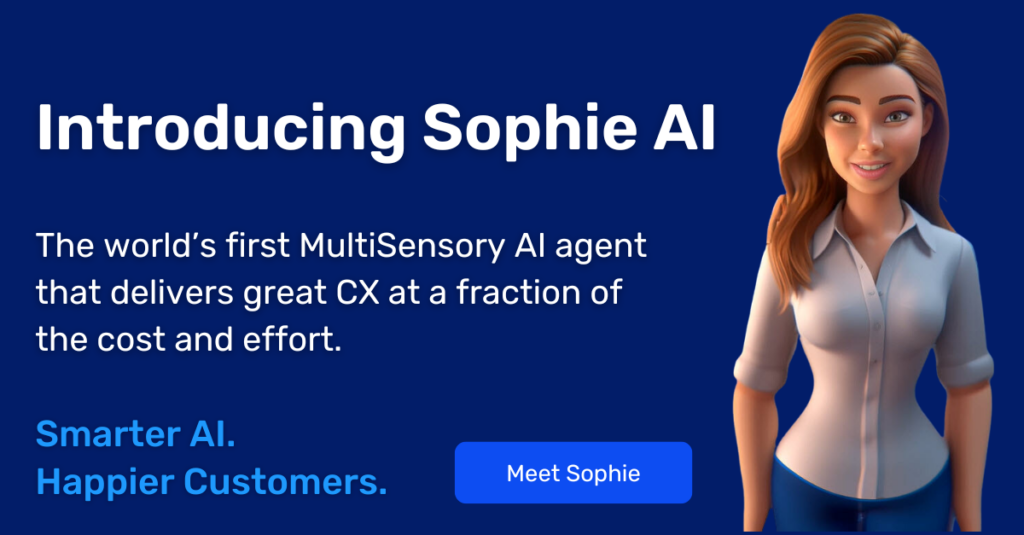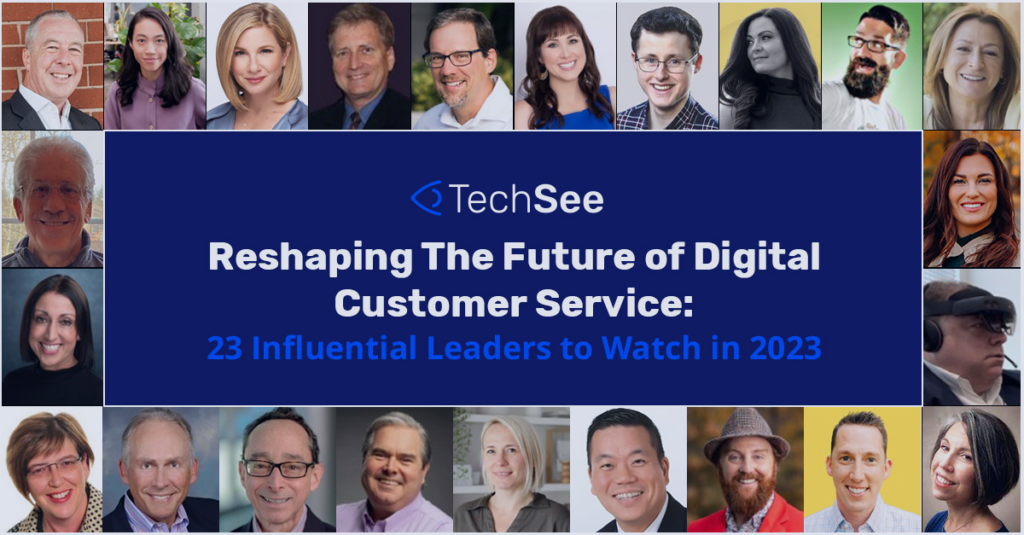Contents
Customer experience (CX) is a space where innovative AI applications are being deployed at a rapid rate to deliver effortless, multi-sensory journeys across a range of voice, video and text modalities, apps, and other digital touchpoints. This emerging approach is known as multiexperience (MX).
MX gives customers a greater degree of choice over how they interact with a brand. Devices such as TVs, phones, tablets, and smartwatches each have their strengths when it comes to UI and UX. The trick is to play to those strengths to provide the customer with a unified, consistent experience across as many touchpoints as possible.
MX is all about storing the customer’s data, enabling them to access it whenever they wish, understanding their location and situation, anticipating their demands and even acting autonomously to take decisions on behalf of the customer, when given permission to do so.
Al technologies are uniquely positioned to support companies as they create MX models because they have the ability to extract insights from multiple data sources — including unstructured text, voice calls, images, and video — and put them into contexts that generates actionable insights to improve customer interactions.
4 Computer Vision Technologies Used in Multiexperience
AI technologies can be used both to deliver effective self-service and to enhance the abilities of contact center agents to handle customers’ issues. The human element remains a key part of the customer service ecosystem, and efficient AI-based agent interfaces need to be closely aligned with an enterprise’s MX infrastructure.
Conversational User Interfaces
Conversational AI customer service platforms — known as virtual assistants or chatbots — provide convenient ways for customers to engage with companies at any time. Leading enterprises are all actively engaged in the race to build smarter virtual assistants that can respond to more complex customer queries, creating personalization at scale, and putting the AI in multiexperience. In other words, a company’s virtual assistant needs to be present across all channels. It will interact with the customer in different ways, according to the capabilities and limitations of each channel, but it will have access to the same data and deliver the same levels of intelligent personalization. Its underlying algorithms will also provide context, insights, and suggestions when the customer interacts with a human agent.
Voice Recognition
Voice recognition digitizes spoken words and encodes them with data such as pitch, cadence, and tone, to form a unique voice print related to an individual which can then be used to deliver AI-based MX. For example, the customer’s voice print can be used to identify and authenticate the speaker, enabling companies to minimize the risk of fraud.
Emotion Analytics
Emotion analytics, meanwhile, can be used to prioritize a call based on the customer’s mood and route them to the appropriate agent. For example, an angry customer might be routed to the customer retention team, while a happy, satisfied customer might be routed to the sales team to be pitched a new product or service. On the macro scale, emotion analytics produces data that can identify weak points in the customer journey, enabling enterprises to improve how they handle complaints and resolve billing issues. On the personal level, intelligent virtual assistants will soon be able to anticipate our needs by identifying our states of mind.
Image Recognition
Computer Vision AI is the science of analyzing images and videos to understand their meaning and context. At the cutting-edge of the field, systems can identify components, LEDs and error messages to determine the status of a device and what needs to be done to resolve an issue affecting it.
Why Computer Vision is Vital in Multiexperience
Computer Vision AI in multiexperience is vital in two ways. In the context of an interaction with a human agent, it can provide real-time decision support, enabling the rep to provide visual resolution instructions pulled from the company knowledge base. This reduces the workload of contact center agents while providing customer-centric service that is unique to the caller’s situation.
In self-service mode, the same underlying technology allows customers to visually interact with virtual assistants that use Augmented Reality to guide them to resolutions for issues involving product installation, setup, and troubleshooting, among many other use cases.
At the end of the day, customers want one single interface – a virtual assistant that can not only read, but listen, see, and understand their environment. Visual self-service is about giving eyes to a company’s existing channels, which is why it’s at the core of the coming MX revolution.







